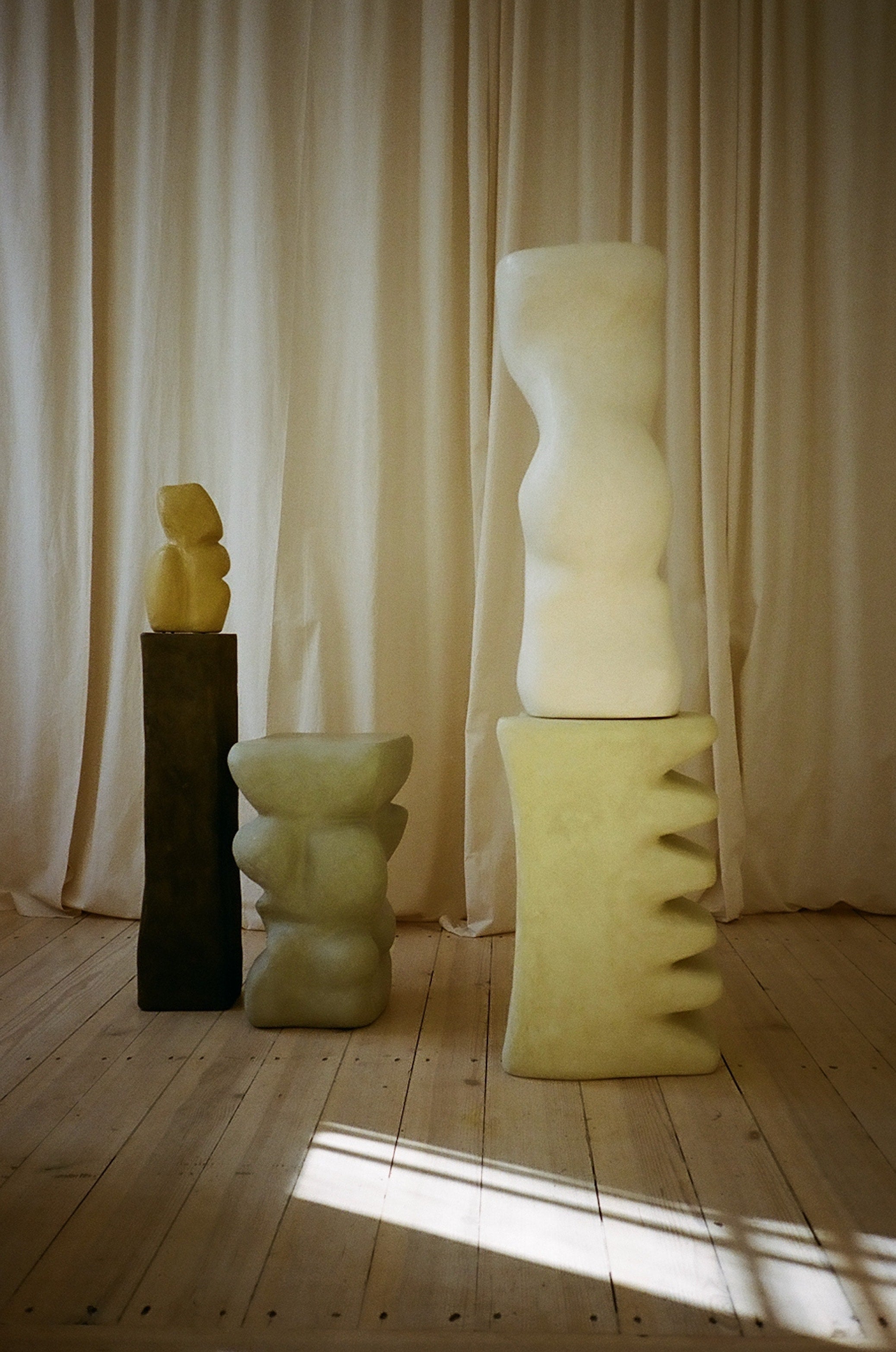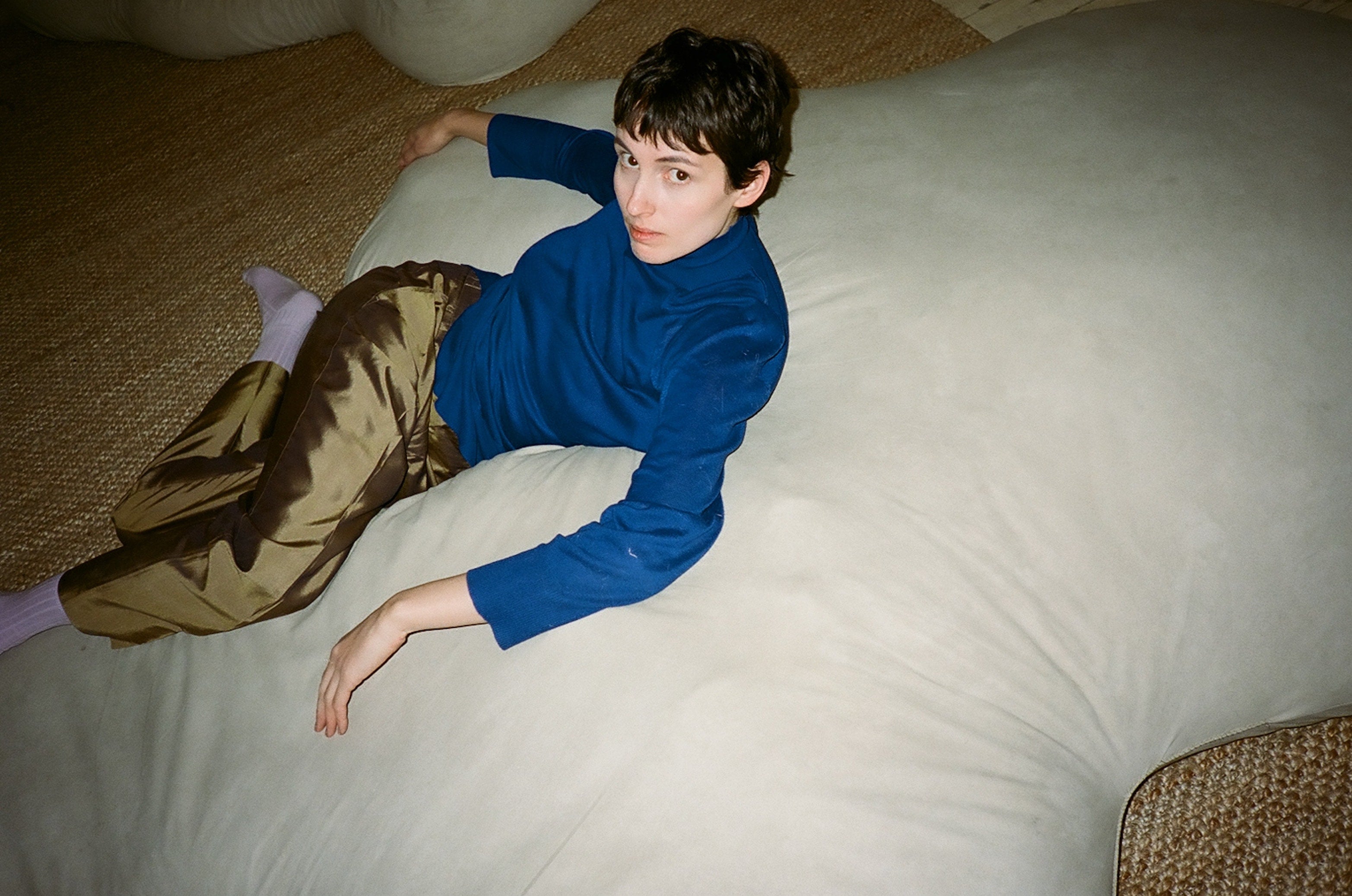I came across a YouTube home tour of a self-built house made of hemp and lime. In this video, and through my subsequent research, I discovered the incredible potential of the hemp plant and hempcrete. Hempcrete is renewable, sustainable, natural, non-toxic, breathable, fireproof, and mould-resistant. When building a house with hempcrete you have extremely good insulation as well as humidity regulation. Outside of just building with the hemp shives, the multitude of uses for the whole plant—for oil, fibre, seeds, etc.—is just incredible. This plant never ceases to impress and inspire me. Shortly after this initial discovery, I drove to a hemp farm outside of Berlin to get materials, brought them back to my studio, and started experimenting.
The last four years have been dedicated to building on these experiments and I still feel there is so much to explore.








